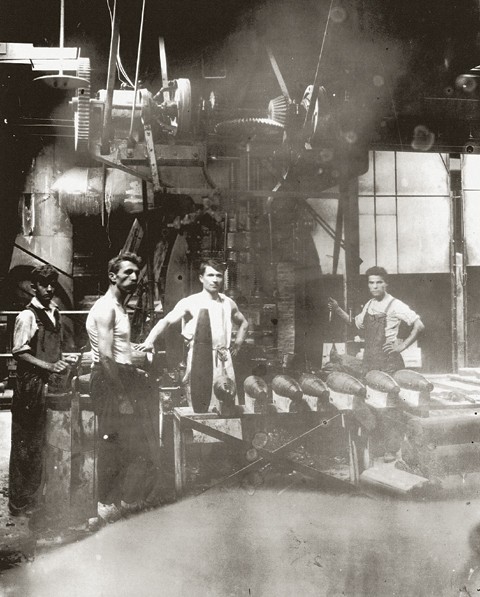
This photograph shows several workmen standing in front of a machine used to press clay slabs into terra-cotta bombs, ca. 1918. Note the finished bombs on the table in the front center of the photograph and the extruded clay slabs stacked on the oor in the front right of the photograph. (Courtesy, Middlesex County Cultural and Heritage Commission.)
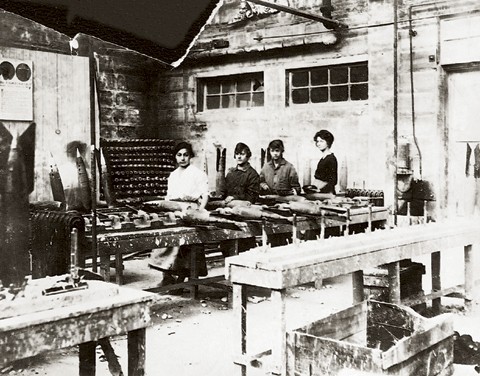
Women affixing fins to terra cotta dummy bombs on an assembly line at an unidentified New Jersey site, ca. 1918. (Courtesy, Middlesex County Cultural and Heritage Commission, Stephen Kermondy Donation.)
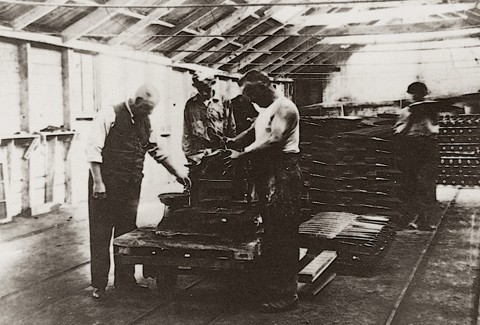
Workmen loading pallets of terra cotta practice bombs at the Atlantic Terra Cotta Company’s Plant #1, Staten Island, New York, ca. 1918. (Courtesy, Staten Island Historical Society.)

A blueprint for the manufacture of the “Drop Bomb Dummy, Mark 1” from the New Jersey Terra Cotta Company, dated April 11, 1918. (Courtesy, Susan Tunick.)

The stacked terra cotta practice bombs as found in the field. (Photo, Mark Nonestied.)
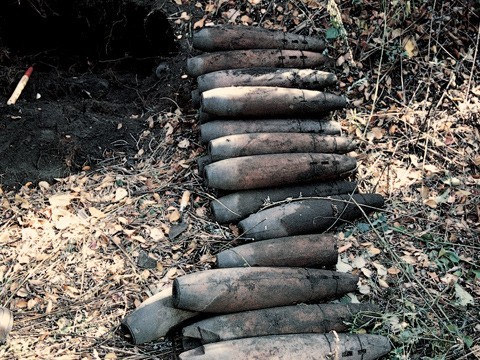
A sample of the 124 bombs recovered by the Middlesex County Cultural and Heritage Commission. (Photo, Mark Nonestied.) Note the unexcavated samples in the upper left corner of the photograph.
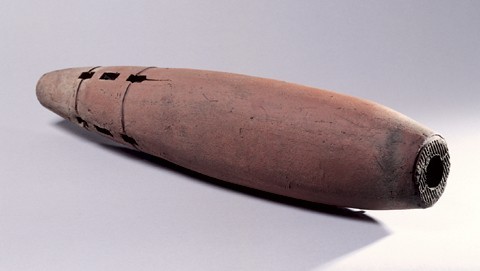
An intact terra cotta practice bomb. L. 25 3/4". (Photo, Gavin Ashworth.) Notice the coarse texture of the clay body. Apparently the bombs were hastily and rather sloppily manufactured.
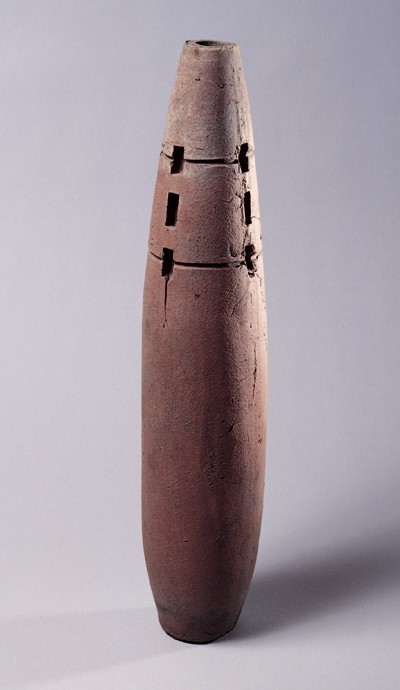
Upright view of bomb illustrated in figure 7.
